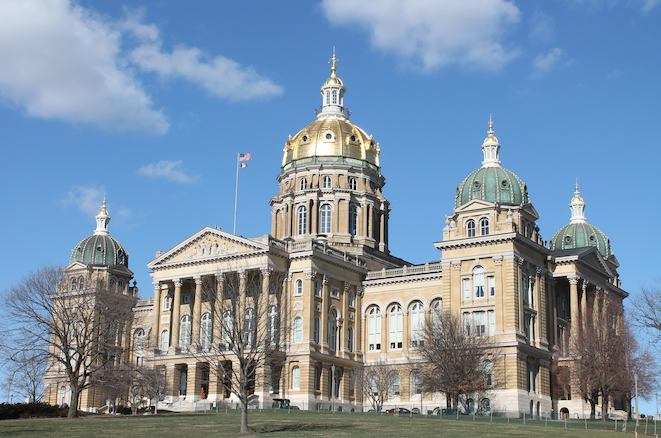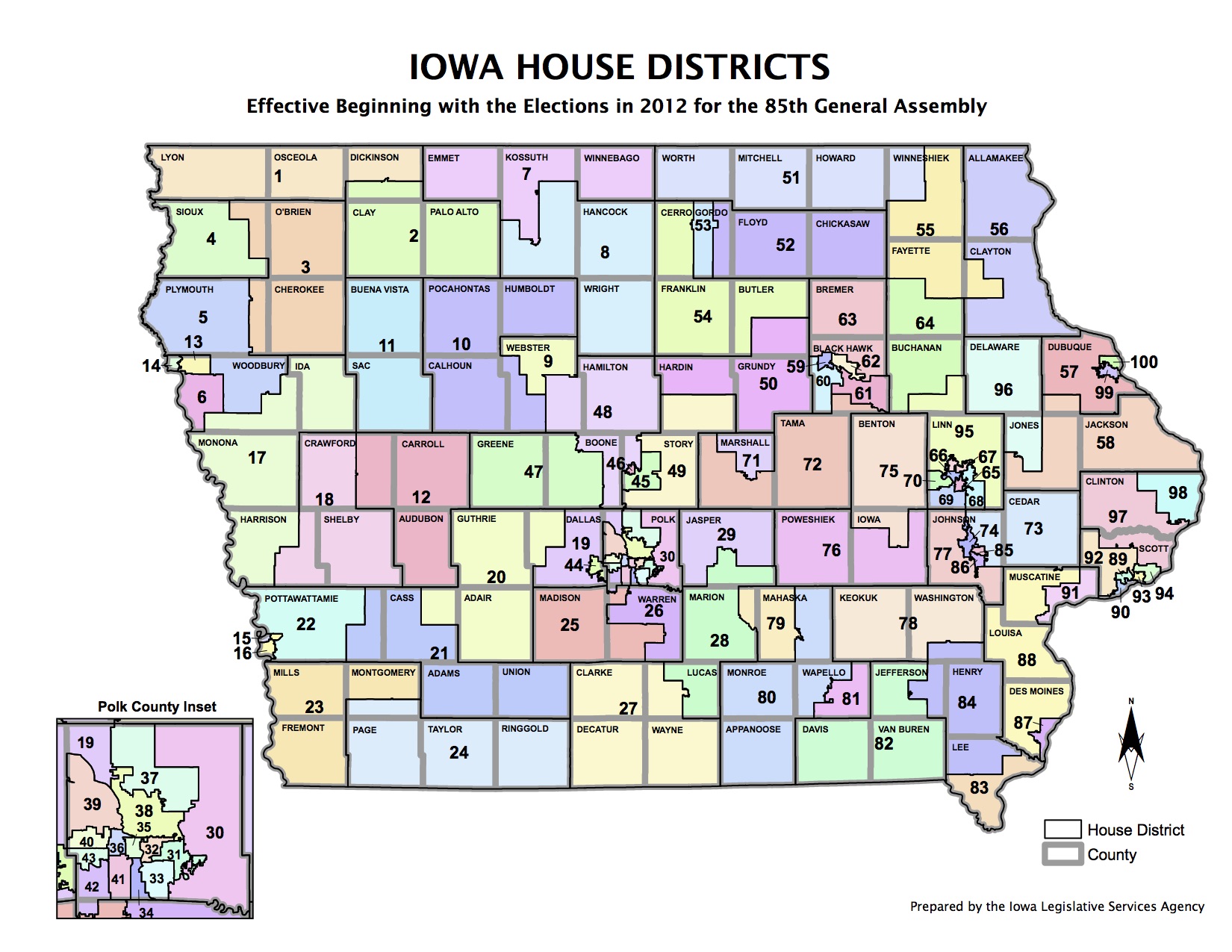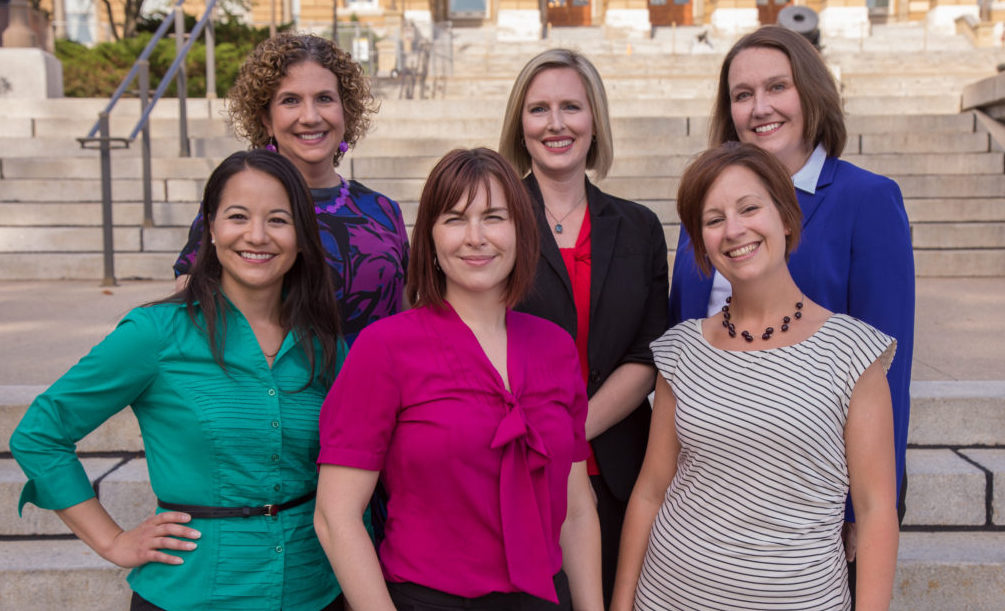The progressive political action committee Democracy for America announced this morning that it has endorsed seven Democratic candidates for the Iowa House: three incumbents, three challengers to Republican state representatives, and one candidate running in an open seat. Winning those seven races could flip the chamber to Democratic control–but only if Democrats do not lose any other Iowa House districts they currently hold. Republicans take a 53-47 Iowa House majority into next month’s election, meaning Democrats need a net gain of four seats.
I’ve posted Democracy for America’s full statement after the jump. The PAC will offer financial and organizational support to the following Iowa House candidates:
• Scott Ourth, a first-term incumbent seeking re-election in Iowa House district 26 (most of Warren County, including the Indianola area)
• Joe Riding, a first-term incumbent seeking re-election in Iowa House district 30 (most of eastern Polk County)
• Curt Hanson, an incumbent seeking re-election in Iowa House district 82 (most of Jefferson County including Fairfield, plus Van Buren and Davis counties)
• Charlie McConkey, first-time candidate in Iowa House district 15 (western half of Council Bluffs plus Carter Lake in Pottawattamie County, open because Republican State Representative Mark Brandeburg retired)
• Dave Grussing, challenger to first-term GOP State Representative Tedd Gassman in Iowa House district 7 (Emmet and Winnebago counties, plus part of Kossuth County)
• Teresa Meyer, challenger to first-term GOP State Representative Sandy Salmon in Iowa House district 63 (Bremer County and parts of northern Black Hawk County)
• Kristi Keast, challenger to first-term GOP State Representative Quentin Stanerson in Iowa House district 95 (much of Linn County outside the Cedar Rapids metro area, plus part of Buchanan County)
Gassman, Salmon, and Stanerson won their 2012 Iowa House races by margins of 44 votes, 115 votes, and 200 votes, respectively.
Extra help for Riding and Hanson could have collateral benefits for Democrats hoping to maintain their Iowa Senate majority. Riding’s seat makes up half of the open Senate district 15, a Democratic-held seat that Republicans are targeting. Hanson’s seat makes up half of Senate district 41, a Democratic-leaning district now held by Republican Mark Chelgren (the biggest surprise winner of 2010).
In an upcoming series of posts, Bleeding Heartland will review these and other Iowa House districts targeted by one or both parties. Thanks to Iowa’s non-partisan redistricting process, in any given election year more than a dozen of the 100 Iowa House races are competitive. The Democratic Legislative Campaign Committee considers the Iowa House one of its top opportunities in the country to flip a state legislative chamber. GOP Iowa House Speaker Kraig Paulsen has expressed confidence that his party will hold and possibly expand its majority.
UPDATE: The Democratic Legislative Campaign Committee put two Iowa House districts and two Iowa Senate districts on its list of “2014 Races to Watch.” I’ve added that announcement to the end of this post.
Continue Reading...





